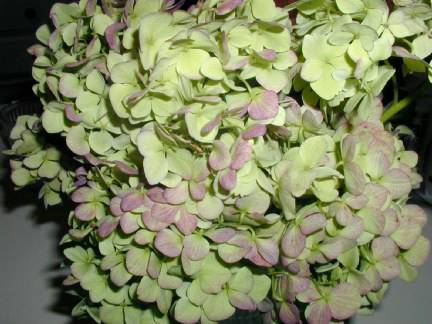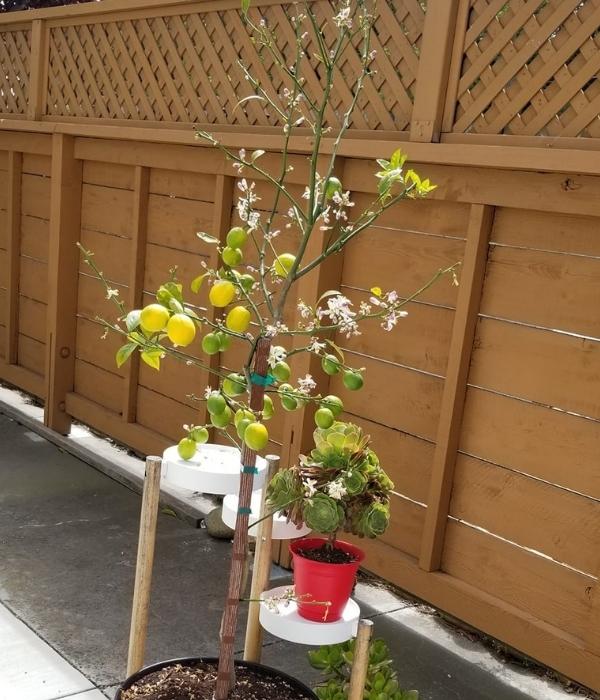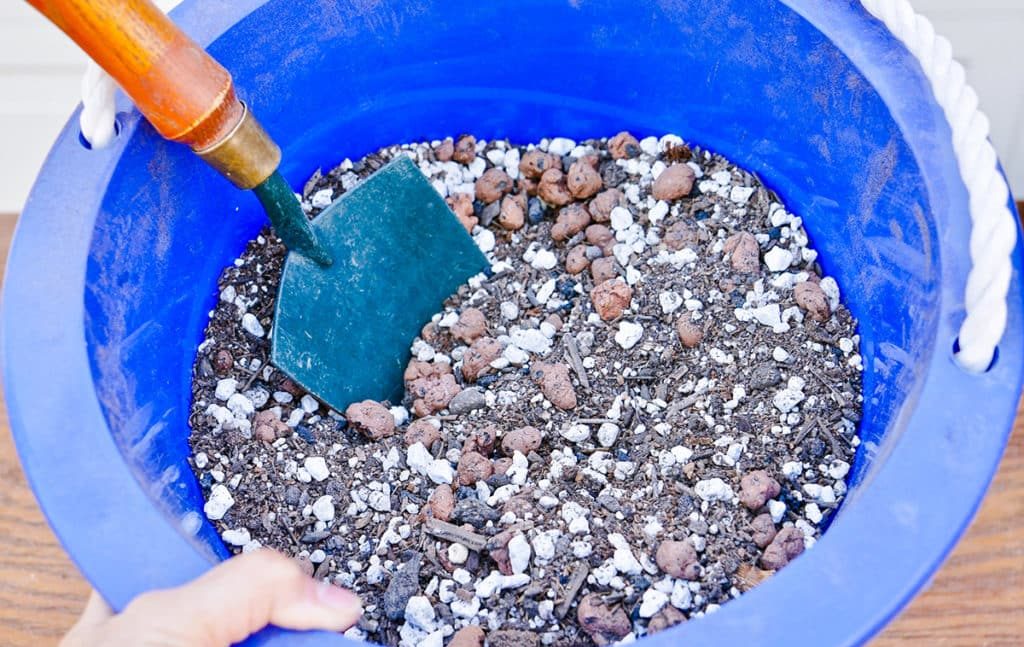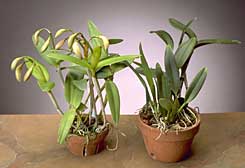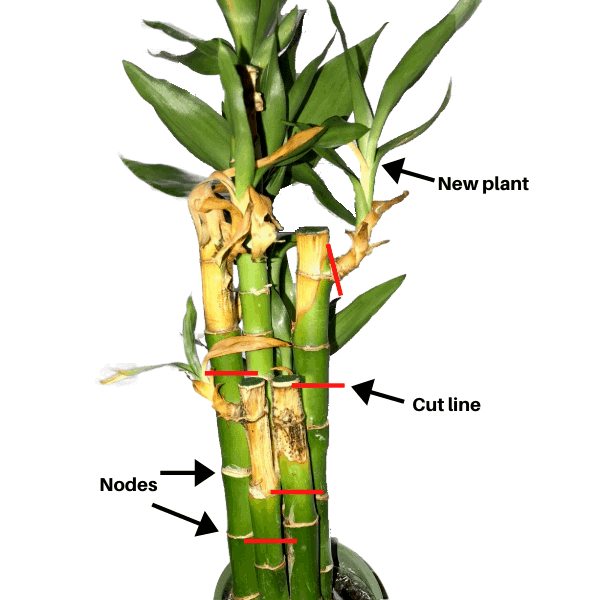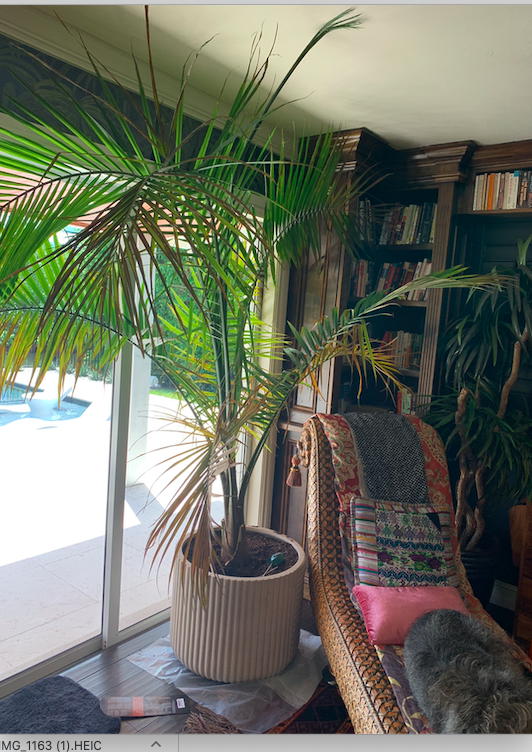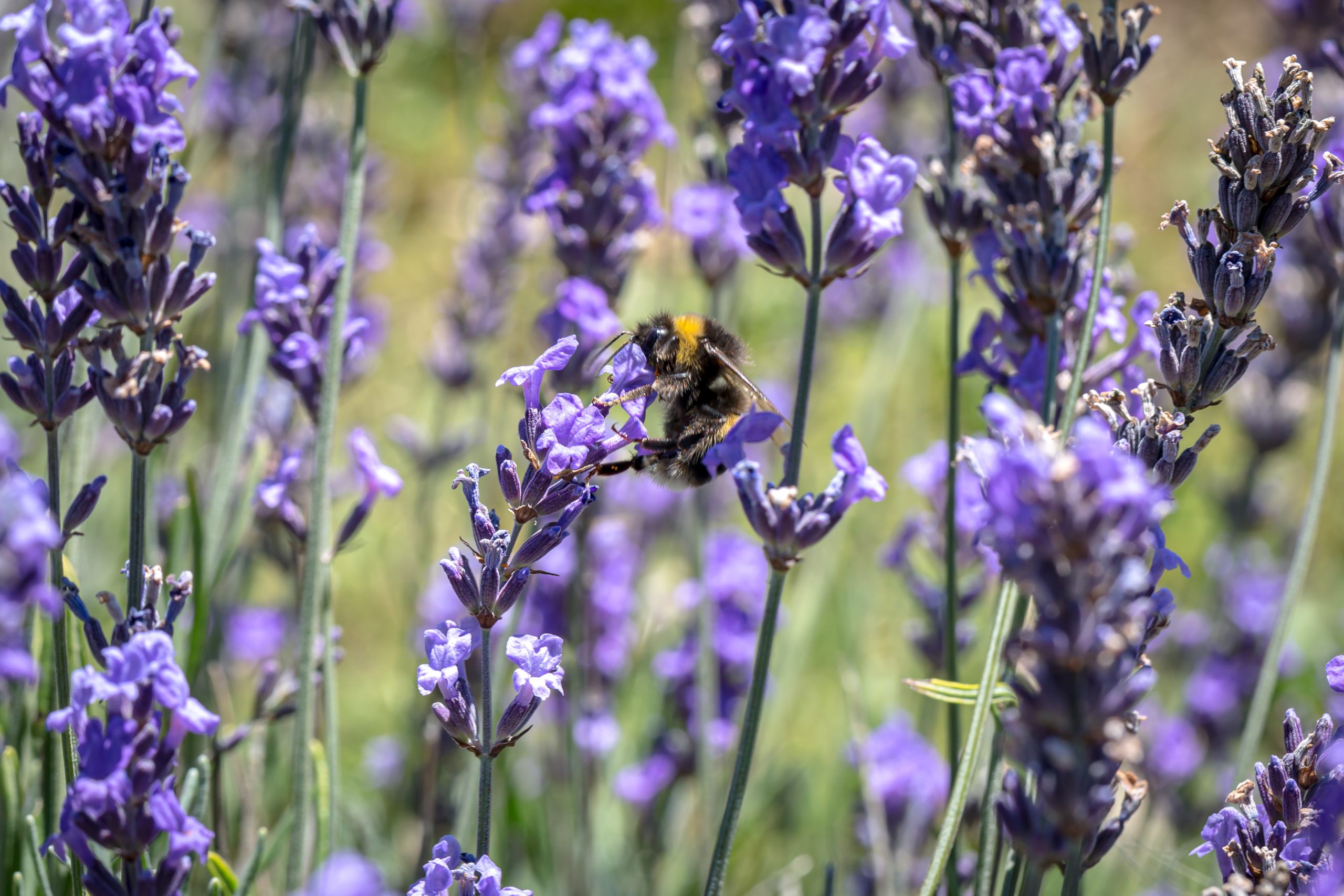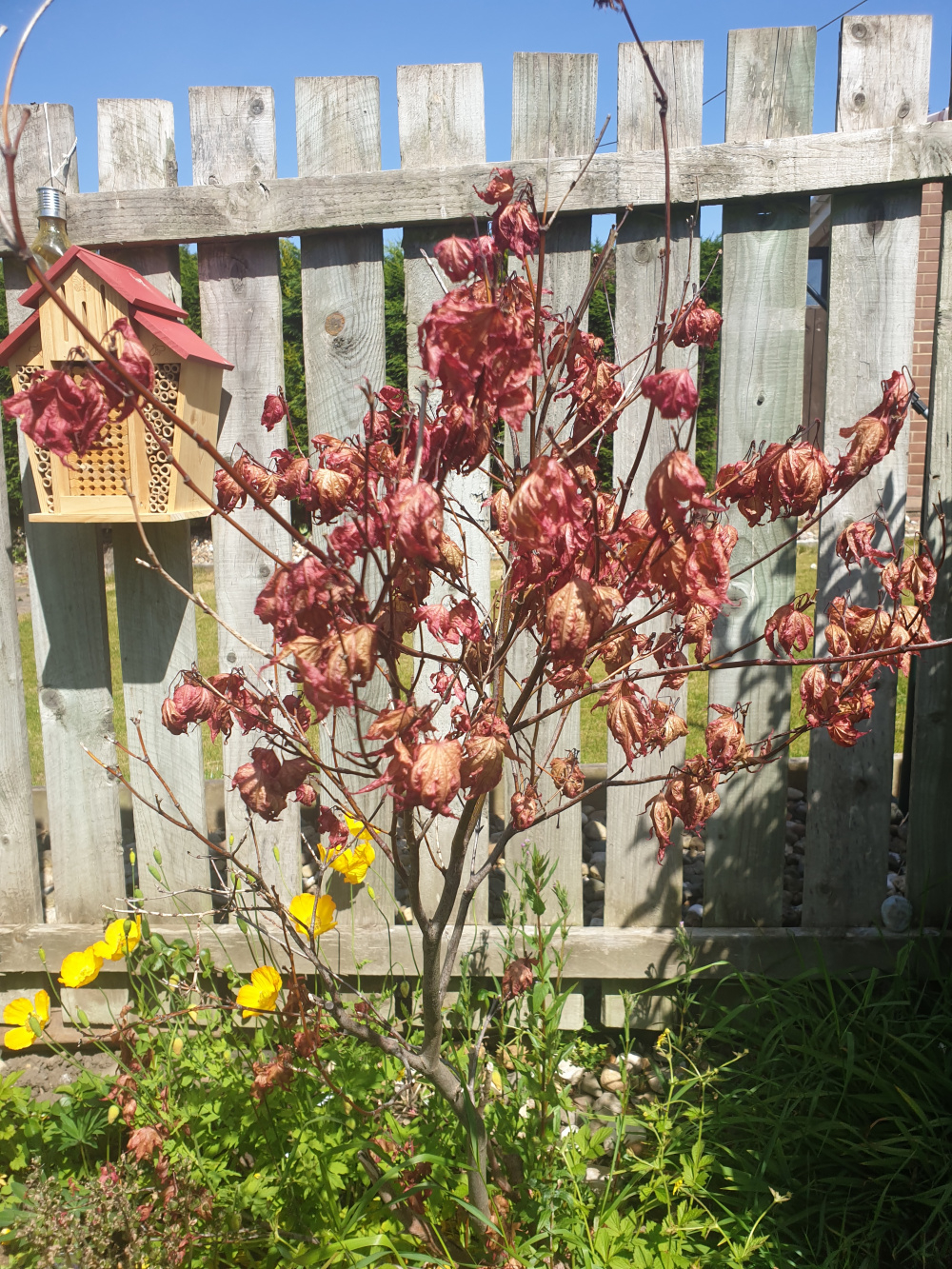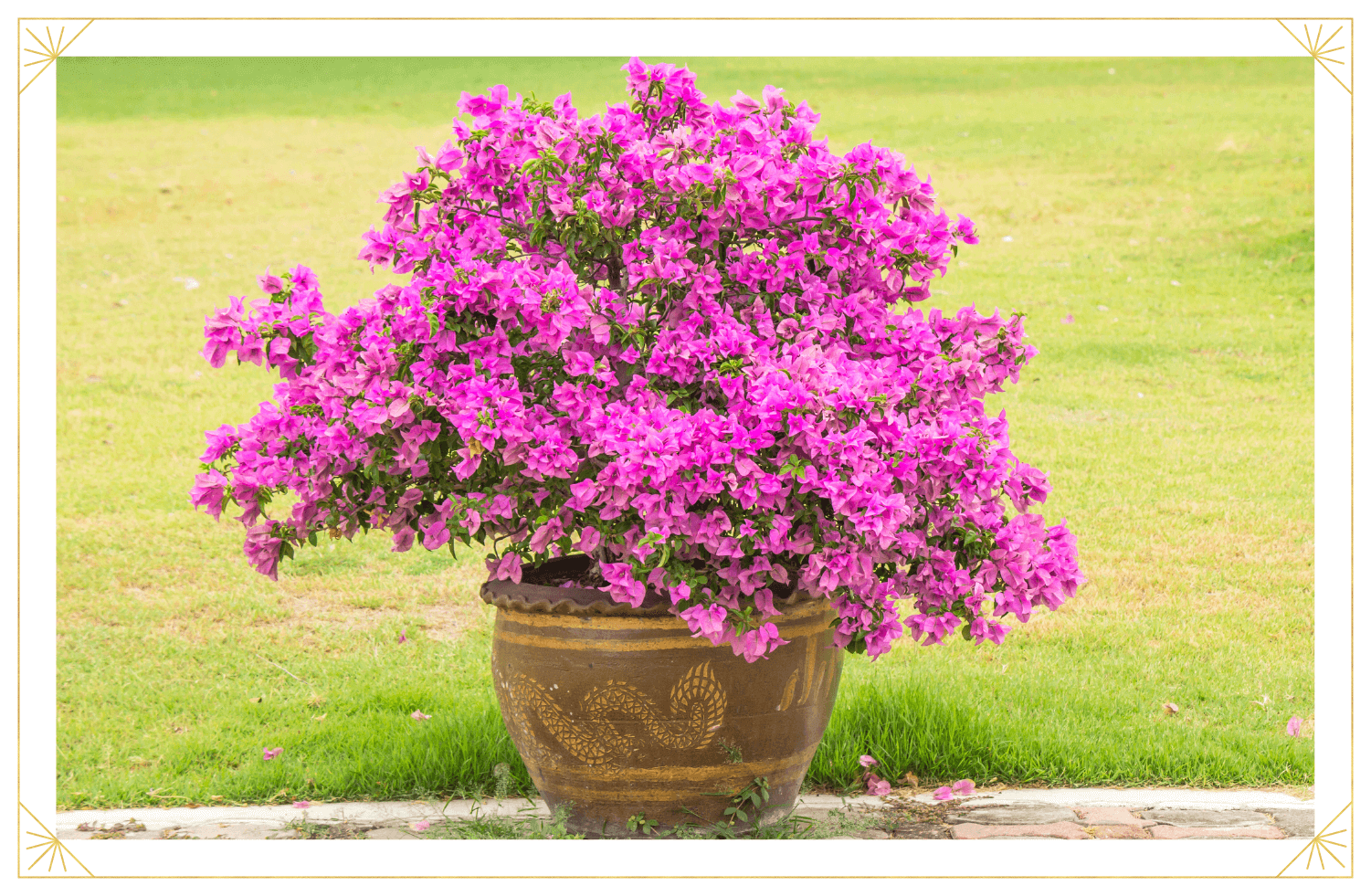Hydrangea Turning Green? (3 Reasons)
Because hydrangea blooms age throughout the year, their color gradually fades from vivid hues to light green. With fewer daylight hours, the hydrangea has less energy to develop the pigment that gives its blossoms their vibrant colors, which causes the petals to become green. Read on to find out why hydrangea blooms turn green and …

